Finding good gluten free bread recipes doesn’t have to be complicated. Whether you’re new to gluten-free baking or looking for foolproof methods, this guide will help you create delicious homemade bread that everyone will love.
Why Make Your Own Gluten-Free Bread?
Store-bought gluten-free bread can be expensive and often lacks the fresh taste of homemade alternatives. Making your own gluten free bread recipes gives you complete control over ingredients, texture, and flavor while saving money.
Essential Ingredients for Gluten-Free Bread
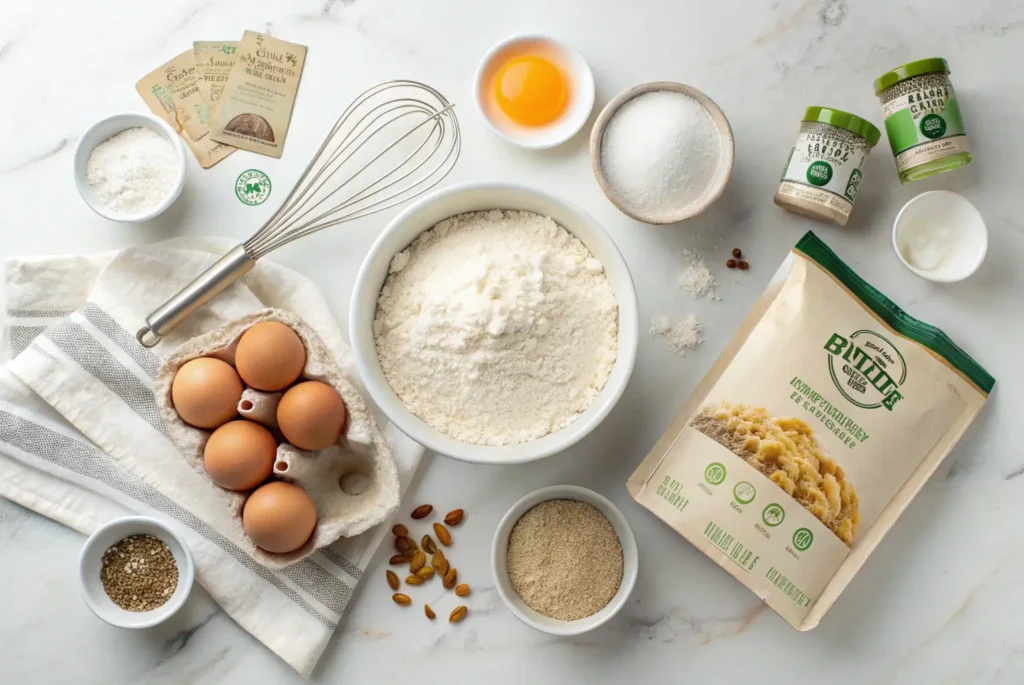
Before diving into our gluten free bread recipes, let’s cover the basics you’ll need:
Gluten-Free Flour Blend:
- Rice flour (white or brown)
- Potato starch
- Tapioca flour
- Xanthan gum (the secret ingredient that replaces gluten)
Other Key Ingredients:
- Active dry yeast
- Warm water
- Sugar or honey
- Salt
- Eggs
- Oil or melted butter
Simple 5-Ingredient Gluten-Free Bread Recipe
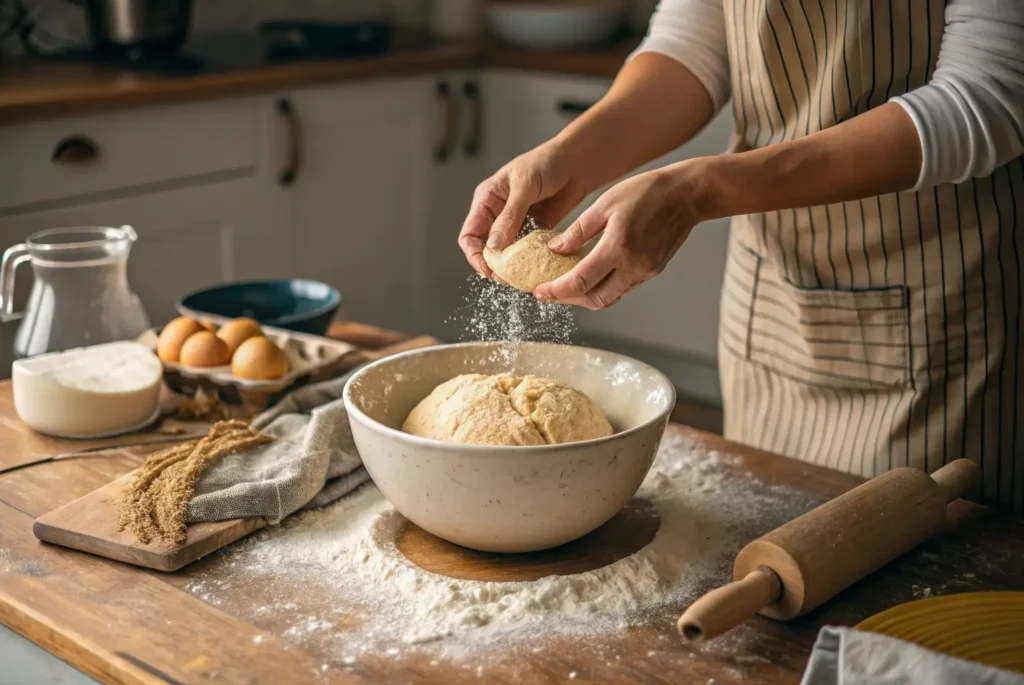
This is one of the easiest gluten free bread recipes perfect for beginners:
Ingredients:
- 3 cups gluten-free flour blend
- 1 packet active dry yeast
- 1 teaspoon salt
- 1 tablespoon sugar
- 1¼ cups warm water
Instructions:
- Mix dry ingredients in a large bowl
- Add warm water and stir until dough forms
- Let rise for 1 hour in a warm place
- Shape into loaf and place in greased pan
- Bake at 375°F for 45 minutes
Quick No-Rise Gluten-Free Bread
For those who want fresh bread fast, this is among the quickest gluten free bread recipes:
What Makes It Special:
- No waiting for dough to rise
- Ready in under 2 hours
- Perfect for busy schedules
Key Tips:
- Use baking powder instead of yeast
- Add extra eggs for structure
- Bake immediately after mixing
Tips for Perfect Gluten-Free Bread Every Time
Success with gluten free bread recipes comes down to these important points:
Measuring Matters: Always use a kitchen scale for accurate measurements. Gluten-free flours behave differently than wheat flour.
Temperature Control: Keep your kitchen warm during rising. Cold temperatures slow down yeast activity.
Don’t Overmix: Unlike regular bread, gluten-free dough should be mixed just until combined.
Storage Solutions: Gluten-free bread stays fresh longer when stored in the refrigerator or freezer.
Troubleshooting Common Problems
When working with gluten free bread recipes, you might encounter these issues:
Dense or Heavy Bread: Usually caused by too much flour or not enough liquid. Add more water gradually.
Crumbly Texture: Often means you need more xanthan gum or eggs for binding.
Flat Loaves: Check your yeast expiration date and ensure water temperature isn’t too hot.
Advanced Gluten-Free Bread Variations
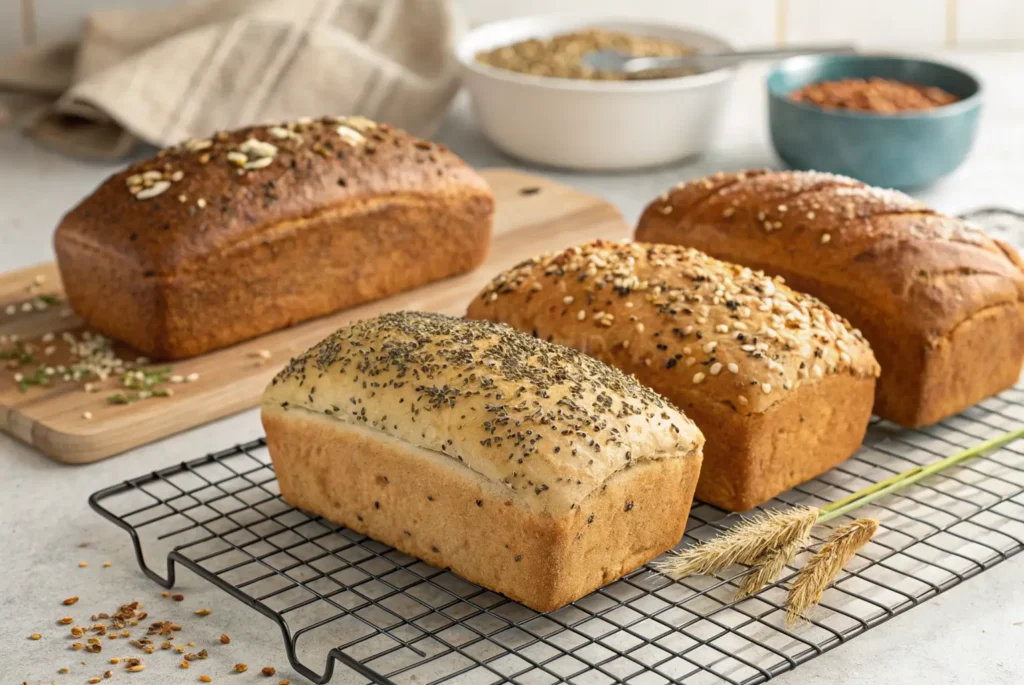
Once you master basic gluten free bread recipes, try these variations:
Seeded Bread: Add sunflower seeds, pumpkin seeds, or sesame seeds for extra nutrition and crunch.
Herb Bread: Mix in dried herbs like rosemary, thyme, or oregano for savory flavor.
Sweet Bread: Include cinnamon, vanilla, or dried fruits for breakfast treats.
Making Gluten-Free Bread Without a Bread Machine
Many gluten free bread recipes work perfectly without special equipment:
- Use your regular oven and loaf pans
- Mix by hand or with a stand mixer
- Focus on proper rising conditions
- Monitor baking time carefully
Storage and Freezing Tips
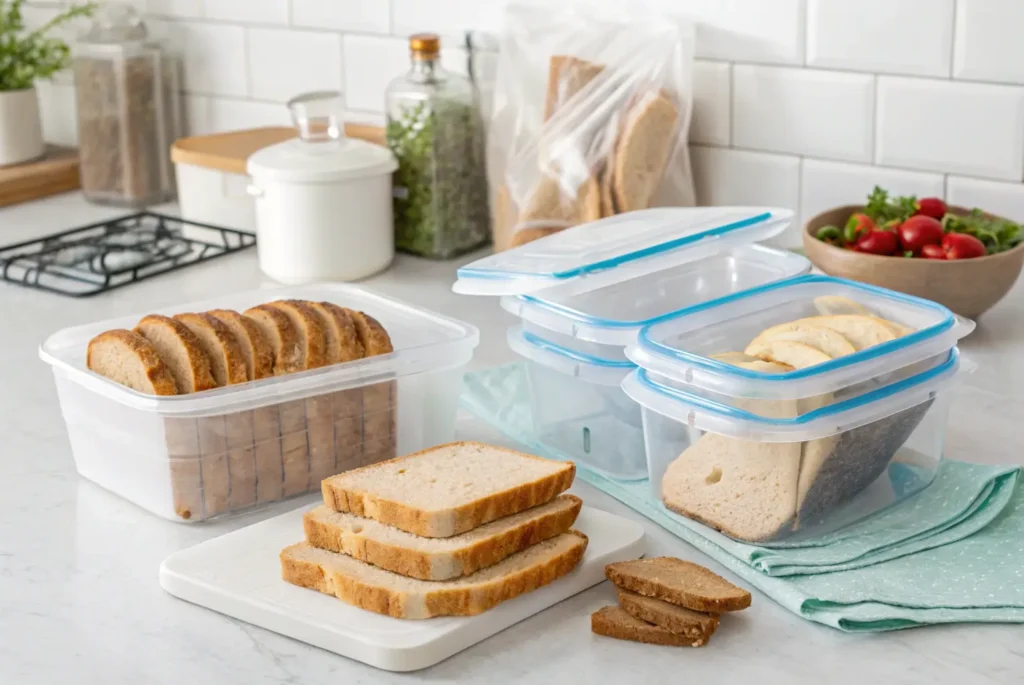
Proper storage extends the life of your homemade gluten free bread recipes:
Short-term Storage: Keep bread in airtight containers at room temperature for 2-3 days.
Long-term Storage: Slice bread before freezing. Individual slices thaw quickly for daily use.
Refreshing Day-Old Bread: Lightly toast or warm in the oven to restore freshness.
Nutritional Benefits of Homemade Gluten-Free Bread
Creating your own gluten free bread recipes offers several health advantages:
- Control over sodium content
- No artificial preservatives
- Ability to add nutritious ingredients
- Fresh taste without chemicals
Final Thoughts on Gluten-Free Bread Making
Mastering gluten free bread recipes takes practice, but the results are worth the effort. Start with simple recipes and gradually experiment with different flavors and textures.
Remember that gluten-free baking is more science than art. Follow measurements carefully, be patient with rising times, and don’t be discouraged if your first loaf isn’t perfect.
With these tried-and-true gluten free bread recipes and tips, you’ll soon be enjoying fresh, delicious homemade bread that rivals any bakery option. The key is starting simple and building your confidence with each successful loaf.
Whether you’re baking for dietary restrictions or simply prefer homemade bread, these gluten free bread recipes will become reliable favorites in your kitchen repertoire.
| Pin to Pinterest | Share on Facebook
Follow us On : Facebook and Pinterest

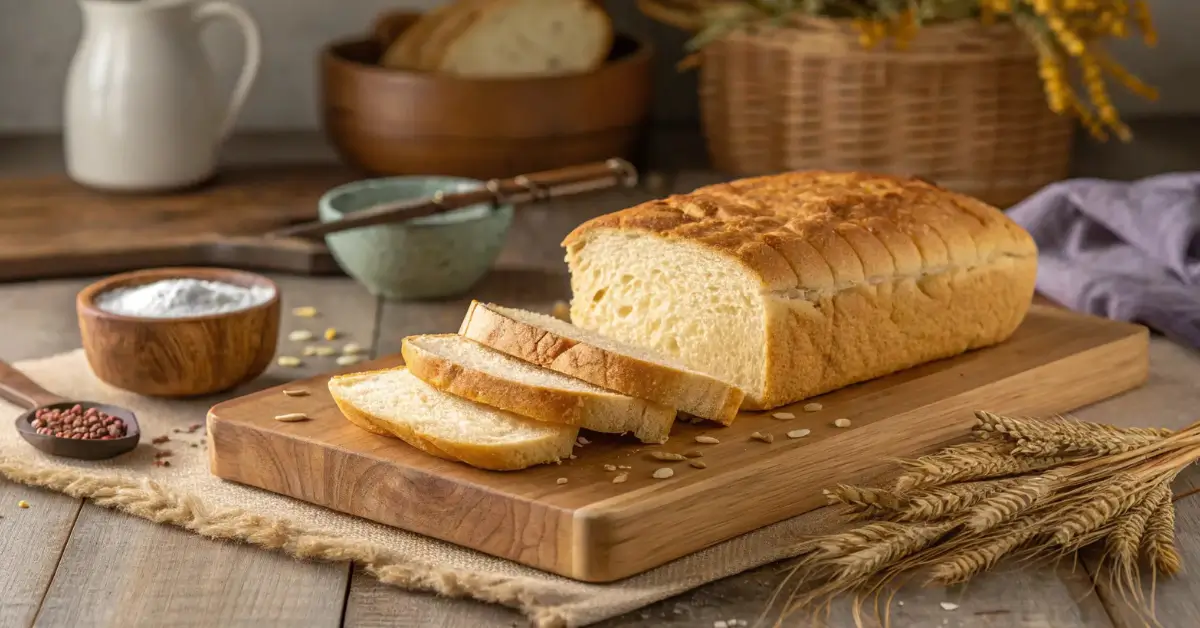
Leave a Reply